Home>Articles>How Long Should You Cook Broccoli In A Slow Cooker
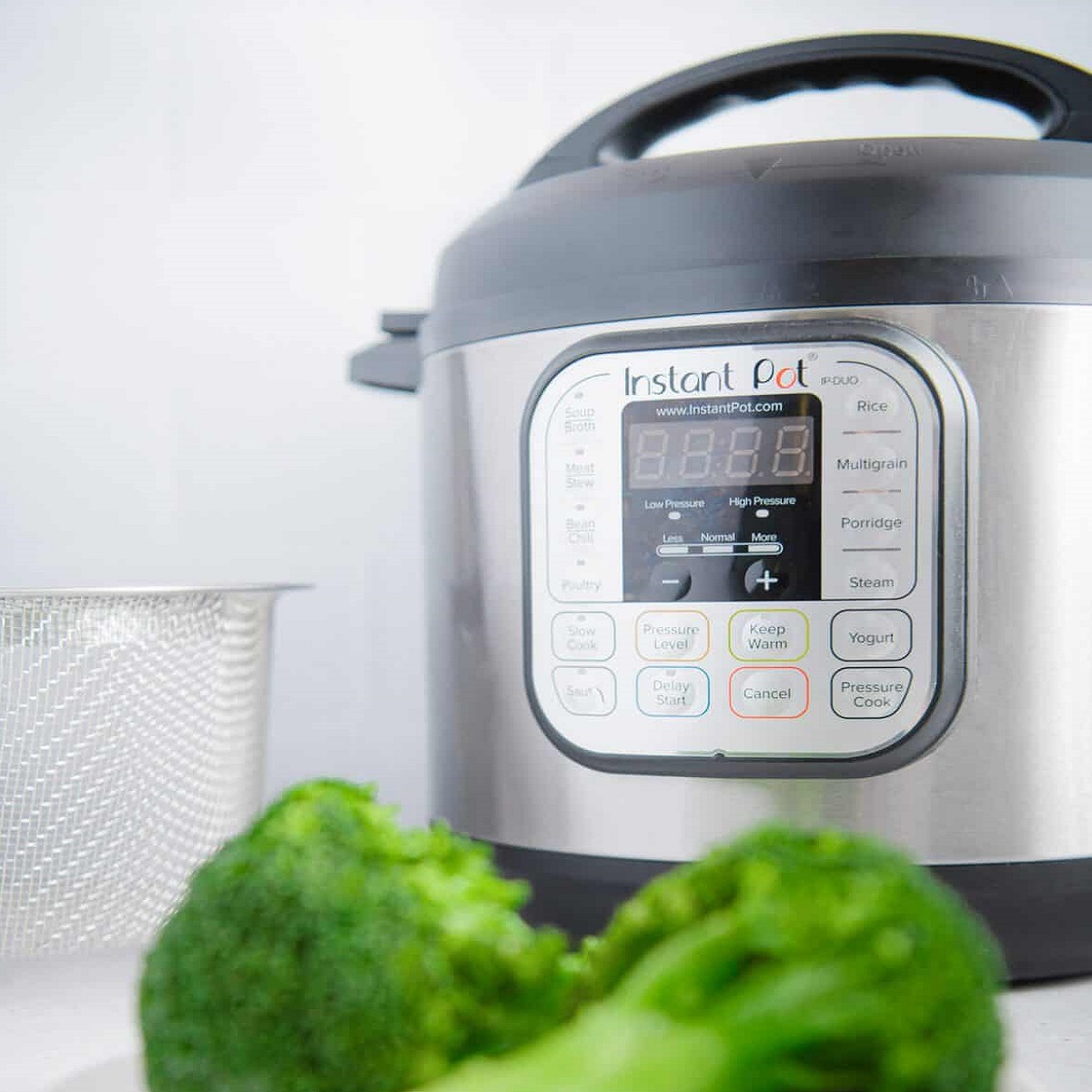

Articles
How Long Should You Cook Broccoli In A Slow Cooker
Modified: August 28, 2024
Discover the best tips and tricks to cook broccoli in a slow cooker. Learn how long it takes to achieve perfect tenderness. Read our informative articles now!
(Many of the links in this article redirect to a specific reviewed product. Your purchase of these products through affiliate links helps to generate commission for Storables.com, at no extra cost. Learn more)
Introduction
Welcome to the world of slow cooking, where flavors meld together and tantalizing aromas fill your kitchen. While you might be familiar with slow cooking meats and stews, have you ever considered using your slow cooker to prepare vegetables?
In this article, we will explore the world of slow cooking broccoli. Yes, you read that right – broccoli! Many people associate slow cookers with meaty dishes, but this versatile kitchen appliance can also work wonders with vegetables. So, grab your slow cooker and get ready to discover a new and delicious way to enjoy this nutritious green veggie.
But why should you cook broccoli in a slow cooker? Well, slow cooking allows flavors to develop gradually and infuses your food with rich tastes. Additionally, the slow and gentle cooking process helps to retain the vitamins and nutrients present in broccoli, resulting in a healthier and more vibrant dish.
In this article, we will discuss the benefits of slow cooking broccoli, provide tips for choosing fresh broccoli, share seasoning options, guide you on cooking times and achieving the perfect texture, and offer suggestions on serving and enjoying your slow-cooked broccoli.
So, whether you’re a slow cooking aficionado or new to the world of Crock-Pots and Instant Pots, get ready to elevate your broccoli game to new heights. Let’s dive in!
Key Takeaways:
- Slow cooking broccoli enhances flavor, retains nutrients, and offers convenience and versatility. It’s a wholesome and delicious way to enjoy this nutritious vegetable, perfect for meal prepping and diverse culinary creations.
- Choosing fresh broccoli, proper preparation, and seasoning options are crucial for achieving the perfect texture and flavor. Experiment with different pairings and enjoy the tender, flavorful slow-cooked broccoli in various dishes.
Benefits of Cooking Broccoli in a Slow Cooker
Slow cooking broccoli offers a multitude of benefits that you may not realize. Let’s take a closer look at why this cooking method is worth a try.
- Enhanced flavor: Slow cooking allows the flavors of the broccoli to develop and intensify. The low heat and extended cooking time help to bring out the natural sweetness of the vegetable and create a depth of flavor that is hard to achieve through other cooking methods.
- Retained nutrients: One of the major advantages of slow cooking broccoli is that it helps to preserve the nutrients in the vegetable. The gentle and gradual cooking process ensures that the broccoli retains its vitamins, minerals, and antioxidants, providing you with a nutritious and wholesome dish.
- Tender texture: Slow cooking results in broccoli that is tender and melt-in-your-mouth delicious. The gentle heat breaks down the tough fibers, resulting in a softer texture that is more enjoyable to eat. This is especially beneficial for those who prefer their broccoli on the tender side.
- Convenience: With a slow cooker, you can set it and forget it. Simply add the broccoli to your slow cooker, set the desired cooking time, and go about your day. No need to stand over a hot stove or worry about constantly checking on the broccoli. This makes it a convenient option, especially for busy individuals or those who prefer hands-off cooking.
- Meal prep made easy: Slow cooking broccoli allows you to prepare a large batch of the vegetable in one go. This is perfect for meal prepping or for feeding a crowd. You can store the cooked broccoli in the refrigerator and enjoy it throughout the week in salads, stir-fries, or as a side dish.
- Versatility: Slow cooked broccoli can be used in a variety of dishes. From using it as a side dish to incorporating it into casseroles, soups, or even pasta, the possibilities are endless. Its mild flavor pairs well with a wide range of ingredients, making it a versatile addition to your culinary repertoire.
These benefits highlight why cooking broccoli in a slow cooker is a unique and worthwhile approach. Not only does it result in flavorful and nutrient-rich broccoli, but it also offers convenience and versatility in the kitchen. So, pull out your slow cooker and get ready to experience the wonders of slow-cooked broccoli!
Choosing Fresh Broccoli for Slow Cooking
When it comes to slow cooking broccoli, selecting fresh and high-quality produce is crucial. The freshness of the broccoli will directly impact the flavor and texture of the final dish. Here are some tips to help you choose the best broccoli for slow cooking:
- Look for vibrant, dark green color: Fresh broccoli should have a vibrant and deep green color. Avoid broccoli that appears dull or has yellowing or browning spots, as this may indicate that it is past its prime.
- Check the stem and florets: The stem and florets of the broccoli should feel firm to the touch. Gently press on them to ensure they do not give or feel mushy. A firm texture indicates freshness and will result in better cooked broccoli.
- Avoid broccoli with thick, woody stems: Broccoli with thick and woody stems can be tougher and less enjoyable to eat. Look for broccoli with thin and tender stems, as they will cook more evenly and have a pleasant texture.
- Inspect the leaves: While broccoli leaves are edible, they should be fresh and vibrant. Avoid broccoli with wilted or yellowing leaves, as this may be a sign of older or less fresh produce.
- Consider organic or locally grown broccoli: Opting for organic or locally grown broccoli can be a great choice, as it is often fresher and may have a higher nutrient content. Check with local farmers’ markets or grocery stores for fresh and locally sourced options.
- Buy broccoli in season: Broccoli is at its peak freshness and flavor when it is in season. While it is available year-round, try to purchase it during its peak season, which varies depending on your location. In general, broccoli is most abundant in the cooler months of fall and winter.
By following these tips, you can ensure that you select the freshest and highest-quality broccoli for slow cooking. Remember, fresh ingredients are the foundation of a delicious and wholesome dish, so take the time to choose wisely.
Preparing Broccoli for the Slow Cooker
Once you have selected fresh broccoli for your slow cooker recipe, it’s time to prepare it for cooking. Properly preparing the broccoli ensures that it cooks evenly and retains its texture and flavor. Here’s a step-by-step guide on how to prepare broccoli for the slow cooker:
- Wash the broccoli: Start by washing the broccoli under cold running water. This removes any dirt or debris from the surface. Pay special attention to the florets and stems, making sure to clean them thoroughly.
- Trim the stems: Trim the tough and woody ends of the broccoli stems. You can use a sharp knife to remove the bottom inch or so. Discard the trimmed ends or save them for another use, such as adding them to vegetable stock.
- Cut the broccoli into florets: Use a knife or your hands to separate the broccoli into florets. The size of the florets is a matter of personal preference. You can opt for bite-sized pieces or larger florets, depending on how you plan to use the cooked broccoli.
- Peel the stems (optional): If the skin of the broccoli stems seems tough, you may consider peeling it. Use a vegetable peeler or a paring knife to remove the tough outer layer, revealing the tender flesh inside. This step is optional and can be skipped if the stems are already tender.
- Pat dry: After cutting the broccoli, pat it dry with a clean kitchen towel or paper towel. Removing excess moisture helps the seasonings adhere better and prevents the broccoli from becoming overly watery during cooking.
- Keep the florets and stems separate (optional): If you prefer your broccoli stems to be more tender, you can cook them separately from the florets. This allows you to adjust the cooking time for each part, ensuring that both are cooked to your desired level of tenderness.
- Proceed with the recipe: Once the broccoli is prepped, you can proceed with your chosen slow cooker recipe. Add the broccoli to the slow cooker along with any other ingredients and seasonings, and let it cook to perfection.
By following these preparation steps, you can ensure that your broccoli is ready to be slow cooked to perfection. Take the time to properly prepare the broccoli, and you’ll be rewarded with a flavorful and satisfying dish.
Seasoning Options for Slow Cooker Broccoli
Now that your broccoli is prepped and ready to be cooked in the slow cooker, it’s time to think about the seasonings and flavors you want to incorporate. While broccoli has a mild and slightly bitter taste on its own, the slow cooker provides an opportunity to infuse it with a variety of flavors. Here are some seasoning options to consider:
- Garlic: Enhance the natural flavors of broccoli by adding minced or chopped garlic. Garlic adds a savory and aromatic element that complements the vegetable beautifully.
- Onion: Sautéed onions can provide a sweet and caramelized flavor to your slow-cooked broccoli. Add them to the slow cooker for an extra layer of depth and complexity.
- Herbs: Fresh or dried herbs can bring a burst of freshness and earthiness to your broccoli. Popular choices include thyme, rosemary, oregano, or Herbes de Provence.
- Lemon zest: Brighten up the flavors of your slow-cooked broccoli by adding some freshly grated lemon zest. The citrusy notes will add a refreshing twist.
- Red pepper flakes: For those who enjoy a bit of heat, red pepper flakes can be sprinkled over the broccoli before cooking. This adds a subtle kick that complements the natural flavors of the vegetable.
- Parmesan cheese: Just before serving, sprinkle some grated Parmesan cheese over the slow-cooked broccoli. The nutty and salty flavors of Parmesan add richness and depth to the dish.
- Soy sauce or tamari: For an Asian-inspired twist, drizzle some soy sauce or tamari over the broccoli. This adds a savory umami flavor that pairs well with the vegetable.
- Balsamic glaze: Add a touch of sweetness and tang by drizzling balsamic glaze over the slow-cooked broccoli. The caramelized balsamic adds a depth of flavor without overpowering the natural taste of the vegetable.
These are just a few examples of the countless seasoning options available for slow-cooked broccoli. Feel free to get creative and experiment with different seasonings, combining them to create unique flavor profiles. The slow cooking process allows the flavors to meld together and intensify, so don’t be afraid to play around with different combinations until you find your favorite.
Remember to season your broccoli according to your taste preferences and the overall flavor profile of the dish you plan to serve it with. Whether you prefer a simple combination of garlic and herbs or a bolder mix of spices, the seasoning options for slow-cooked broccoli are endless.
Cook broccoli in a slow cooker on low for 2-3 hours or on high for 1-2 hours. Add a small amount of water or broth to prevent drying out.
Cooking Time for Broccoli in a Slow Cooker
When it comes to cooking broccoli in a slow cooker, the cooking time may vary depending on various factors such as the size and quantity of the broccoli, the desired tenderness, and the specific slow cooker model you are using. However, as a general guideline, the cooking time for broccoli in a slow cooker is typically between 2 to 4 hours on low heat.
The low heat setting is recommended for slow cooking broccoli to ensure that it cooks evenly and retains its texture. Cooking it on high heat for a shorter duration may result in overcooked and mushy broccoli. That being said, it’s important to keep an eye on the broccoli as it cooks, as slightly different slow cookers may have varying cooking times.
If you prefer your broccoli to have a firmer texture and retain some of its crispness, aim for the shorter end of the cooking time spectrum (around 2 to 3 hours on low heat). On the other hand, if you enjoy your broccoli to be very tender and soft, you can cook it for 4 hours or even longer.
An additional factor to consider is the size and thickness of the broccoli florets. Larger or thicker florets may require slightly more cooking time to become tender. If you have a mix of floret sizes, keep in mind that smaller ones may cook faster than larger ones, so adjust the cooking time accordingly or cut the florets into more uniform sizes.
Ultimately, the best way to determine if your broccoli is cooked to your desired level of tenderness is to test it with a fork. You want the florets to be tender, but still have a slight bite to them. Avoid overcooking the broccoli as it can result in a mushy texture and loss of nutrients.
Remember to check the broccoli periodically throughout the cooking process. If it is not yet cooked to your liking, you can continue cooking it for additional time until it reaches the desired tenderness.
By following these guidelines and considering the specific factors of your slow cooker and personal preferences, you can achieve perfectly cooked and flavorful broccoli in your slow cooker.
Tips for Achieving the Perfect Texture
Achieving the perfect texture is key to enjoying a delicious and satisfying dish of slow-cooked broccoli. Here are some tips to help you achieve that ideal texture:
- Cut the broccoli into uniform pieces: To ensure even cooking, try to cut the broccoli into uniform-sized florets. This way, they will cook at the same rate and result in a consistent texture.
- Avoid overcooking: Keep a close eye on the broccoli as it cooks. Overcooking can result in a mushy texture and loss of nutrients. Test the broccoli with a fork periodically to check for doneness. It should be tender but still have a slight bite to it.
- Consider cooking the stems separately: If you prefer the stems to be more tender than the florets, you can cook them separately. Since the stems are usually thicker and take longer to cook, this will ensure that both the stems and florets reach their desired texture.
- Don’t overcrowd the slow cooker: Avoid overcrowding the slow cooker with too much broccoli. This can result in uneven cooking and lead to some pieces being overcooked while others are undercooked. Leave enough space for the heat to circulate and cook the broccoli evenly.
- Keep the lid on during cooking: To trap the heat and ensure a consistent temperature, it’s important to keep the slow cooker lid on during the cooking process. Opening the lid frequently can cause fluctuations in temperature and increase the overall cooking time.
- Adjust the cooking time to your preference: The cooking time mentioned earlier is a general guideline. Depending on your personal preference for texture, you can adjust the cooking time accordingly. If you like your broccoli to be firmer, cook it for a shorter duration, and for a softer texture, extend the cooking time.
- Season after cooking: To maintain the desired texture of the broccoli, it’s best to season it after cooking. This prevents the broccoli from becoming too watery during the cooking process and ensures that the flavors of the seasonings are well-incorporated.
- Stir occasionally: If possible, stir the broccoli gently once or twice during cooking. This will help distribute the heat evenly and ensure that all the pieces are cooked uniformly.
- Let it rest: Once the broccoli is cooked, allow it to rest in the slow cooker for a few minutes before serving. This helps the flavors to meld together and allows any excess moisture to evaporate, resulting in a more concentrated and enjoyable texture.
By following these tips, you can achieve the perfect texture for your slow-cooked broccoli. Remember that personal preferences can vary, so don’t be afraid to experiment with cooking times and techniques until you find the texture that you love.
Serving and Enjoying Slow Cooked Broccoli
After patiently slow cooking your broccoli, it’s time to savor the flavors and enjoy this nutritious vegetable. Here are some ideas for serving and enjoying your slow-cooked broccoli:
- As a side dish: Slow-cooked broccoli makes a fantastic side dish to complement a variety of main courses. Whether you’re serving grilled chicken, roasted salmon, or a juicy steak, the tender and flavorful broccoli will add a pop of vibrant color and freshness to your meal.
- In salads or grain bowls: Add the slow-cooked broccoli to salads or grain bowls for a nutritious and satisfying meal. Combine it with other vegetables, cooked grains, protein, and a flavorful dressing to create a well-balanced and delicious dish.
- In stir-fries: Incorporate the slow-cooked broccoli into stir-fries for a quick and easy weeknight dinner. Add it to a pan with your favorite protein, such as chicken or tofu, along with other veggies and a savory sauce. The tender broccoli will soak up the flavors of the stir-fry, resulting in a tasty and nutritious dish.
- In pasta dishes: Toss the slow-cooked broccoli with cooked pasta, olive oil, garlic, and grated Parmesan cheese for a simple yet satisfying pasta dish. You can also add some cherry tomatoes, pine nuts, or cooked chicken to enhance the flavors.
- Pureed into soups: Use the slow-cooked broccoli to make creamy and flavorful soups. Puree the cooked broccoli with vegetable or chicken broth, seasonings of your choice, and a splash of cream for a comforting and nutritious soup.
- In casseroles or gratins: Incorporate the slow-cooked broccoli into casseroles or gratins for a hearty and comforting dish. Combine it with cheese, cream sauce, and other vegetables or proteins, and bake until bubbly and golden. The slow-cooked broccoli will add a flavorful and nutritious element to the dish.
- As a topping: Use the slow-cooked broccoli as a topping for pizzas, flatbreads, or baked potatoes. The tender broccoli adds a burst of freshness and color to these dishes, making them even more irresistible.
Remember to season the slow-cooked broccoli with additional herbs, spices, or a drizzle of lemon juice, depending on the flavor profile of the dish you’re preparing. This will enhance the overall taste and add a zing to the broccoli’s natural flavors.
Whether you enjoy your slow-cooked broccoli as a side dish, in a salad, or incorporated into your favorite recipes, be sure to savor the tender texture and enhanced flavors. Slow cooking brings out the best in broccoli and allows you to create versatile and delicious dishes.
Experiment with different serving methods and pairings to discover your favorite ways to enjoy slow-cooked broccoli. Get creative and have fun exploring the endless possibilities!
FAQ: Common Concerns about Slow Cooking Broccoli
Slow cooking broccoli is a unique and flavorful way to prepare this nutritious vegetable. However, you may have some concerns or questions about the process. Here are answers to some common FAQs about slow cooking broccoli:
Q: Will slow cooking broccoli make it mushy?
A: Slow cooking can soften the texture of broccoli, but with proper monitoring and cooking time adjustments, you can maintain a tender yet slightly firm texture. Avoid overcooking the broccoli to prevent it from becoming mushy.
Q: Can I use frozen broccoli in a slow cooker?
A: Frozen broccoli can be used in a slow cooker, but keep in mind that it may cook faster than fresh broccoli. Adjust the cooking time accordingly and monitor the texture to achieve the desired tenderness.
Q: Can I add other vegetables to the slow cooker with the broccoli?
A: Absolutely! Slow cooking allows you to combine different vegetables for a flavorful and nutritious dish. Just ensure that the vegetables you choose have similar cooking times and consider the texture you desire for each vegetable.
Q: How do I prevent my slow-cooked broccoli from turning brown?
A: Browning of broccoli can occur during the slow cooking process due to extended exposure to heat. To minimize browning, try adding a splash of lemon juice or placing the broccoli on top of other ingredients to minimize direct contact with the heat source. You can also blanch the broccoli briefly before adding it to the slow cooker to help preserve its color.
Q: Can I season the broccoli before cooking?
A: It is generally recommended to season the broccoli after cooking to prevent it from becoming too watery. Seasoning right before serving allows for better flavor absorption and control over the final taste.
Q: Can I reheat slow-cooked broccoli?
A: Yes, you can reheat slow-cooked broccoli. Heat it gently either in a microwave or on the stovetop using gentle heat to avoid overcooking. Be mindful of the reheating time to prevent the broccoli from becoming mushy.
Q: Can I use the slow cooker for meal prep with broccoli?
A: Absolutely! Slow-cooked broccoli is a great option for meal prepping. Once cooked, you can store the broccoli in the refrigerator for a few days and use it as a side dish, in salads, stir-fries, or other dishes throughout the week.
These FAQs address some common concerns about slow cooking broccoli. Remember, experimentation and adjusting cooking times according to your preferences are key to achieving the best results. Enjoy the process of slow cooking and savor the flavorful and tender broccoli that awaits!
Conclusion
Slow cooking broccoli opens up a world of possibilities, allowing you to savor the flavors and textures of this nutritious vegetable in a whole new way. By utilizing your slow cooker, you can create tender, flavorful, and nutrient-rich broccoli dishes that will delight your taste buds and contribute to your overall well-being.
From the enhanced flavor and retained nutrients to the convenience and versatility, slow cooking broccoli offers numerous benefits. It allows the flavors to develop gradually, resulting in depth and richness that other cooking methods cannot achieve. The slow and gentle cooking process preserves the valuable vitamins, minerals, and antioxidants present in broccoli, making it a wholesome addition to your diet.
Choosing fresh broccoli and properly preparing it for the slow cooker ensures the best possible outcome. Pay attention to the vibrant green color, firmness, and cleanliness of the broccoli and give it a thorough wash and trim before cooking. Cutting the broccoli into uniform pieces and cooking it in a well-seasoned manner contributes to a satisfying texture and taste.
Once your slow-cooked broccoli is ready, there are countless ways to enjoy it. Be it as a side dish, in salads, stir-fries, or incorporating it into other recipes, the versatility of slow-cooked broccoli allows you to explore diverse culinary options. The tender texture, infused flavors, and vibrant appearance of the slow-cooked broccoli will elevate your meals to new heights.
While slow cooking broccoli does require some patience and adjustment, the end result is well worth it. Keep in mind the cooking time, regularly check for doneness, and make any necessary tweaks to achieve your desired texture. Don’t hesitate to experiment with seasonings and pairings to showcase the versatility of this vegetable in different dishes and cuisines.
So go ahead, embrace the art of slow cooking and let your creativity flow. Delight your senses with the delicious and nutritious slow-cooked broccoli dishes that await you. With its tender texture, enhanced flavors, and retained nutrients, slow-cooked broccoli is sure to become a staple in your culinary repertoire.
Now that you're all set with mastering broccoli in a slow cooker, why not broaden your culinary horizons with more delightful slow cooker recipes? From savory stews to decadent desserts, find out what else you can whip up with this versatile appliance. And if you're in a pinch for time, learn effective techniques for cooking broccoli using an electric pressure cooker, ensuring you get that perfect crunch and flavor, fast. Both guides offer practical advice, ensuring your meals turn out great every time.
Frequently Asked Questions about How Long Should You Cook Broccoli In A Slow Cooker
Was this page helpful?
At Storables.com, we guarantee accurate and reliable information. Our content, validated by Expert Board Contributors, is crafted following stringent Editorial Policies. We're committed to providing you with well-researched, expert-backed insights for all your informational needs.
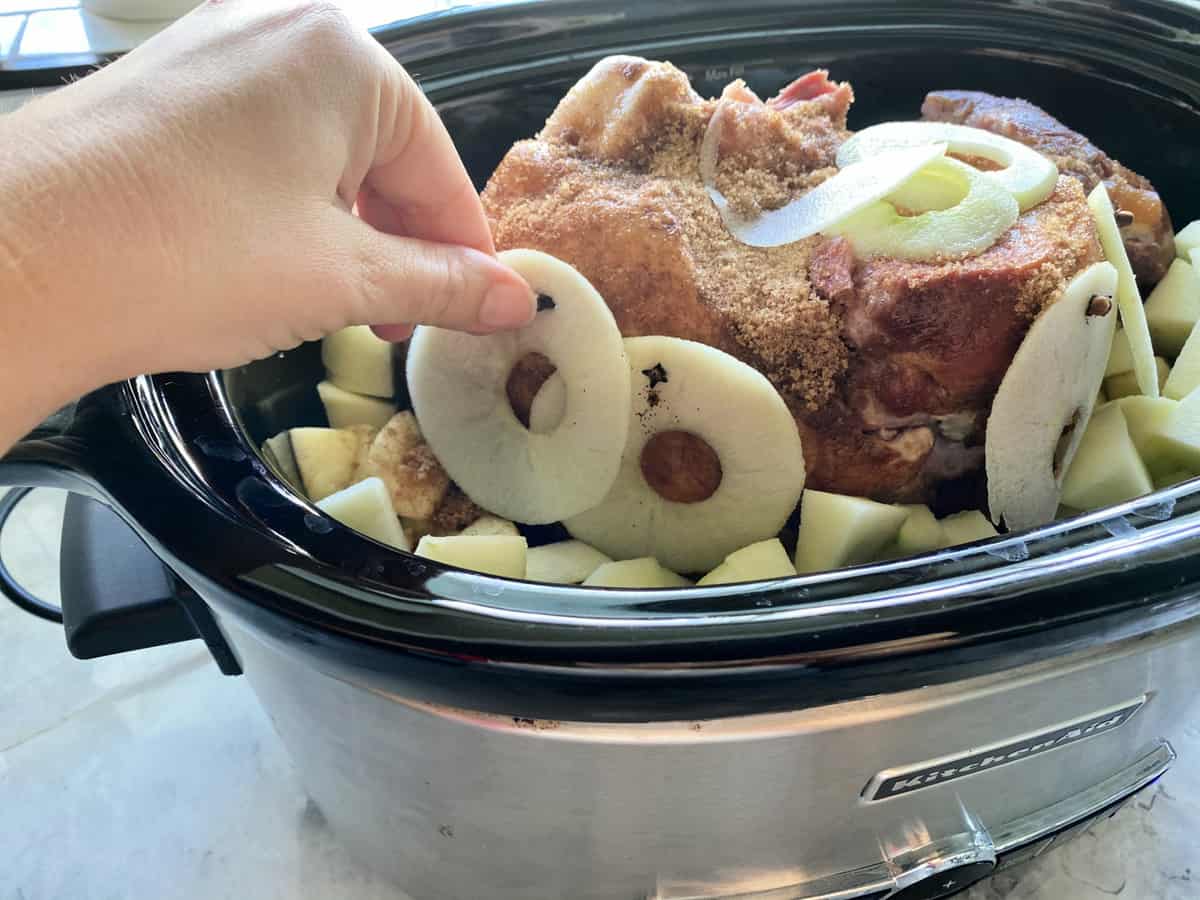
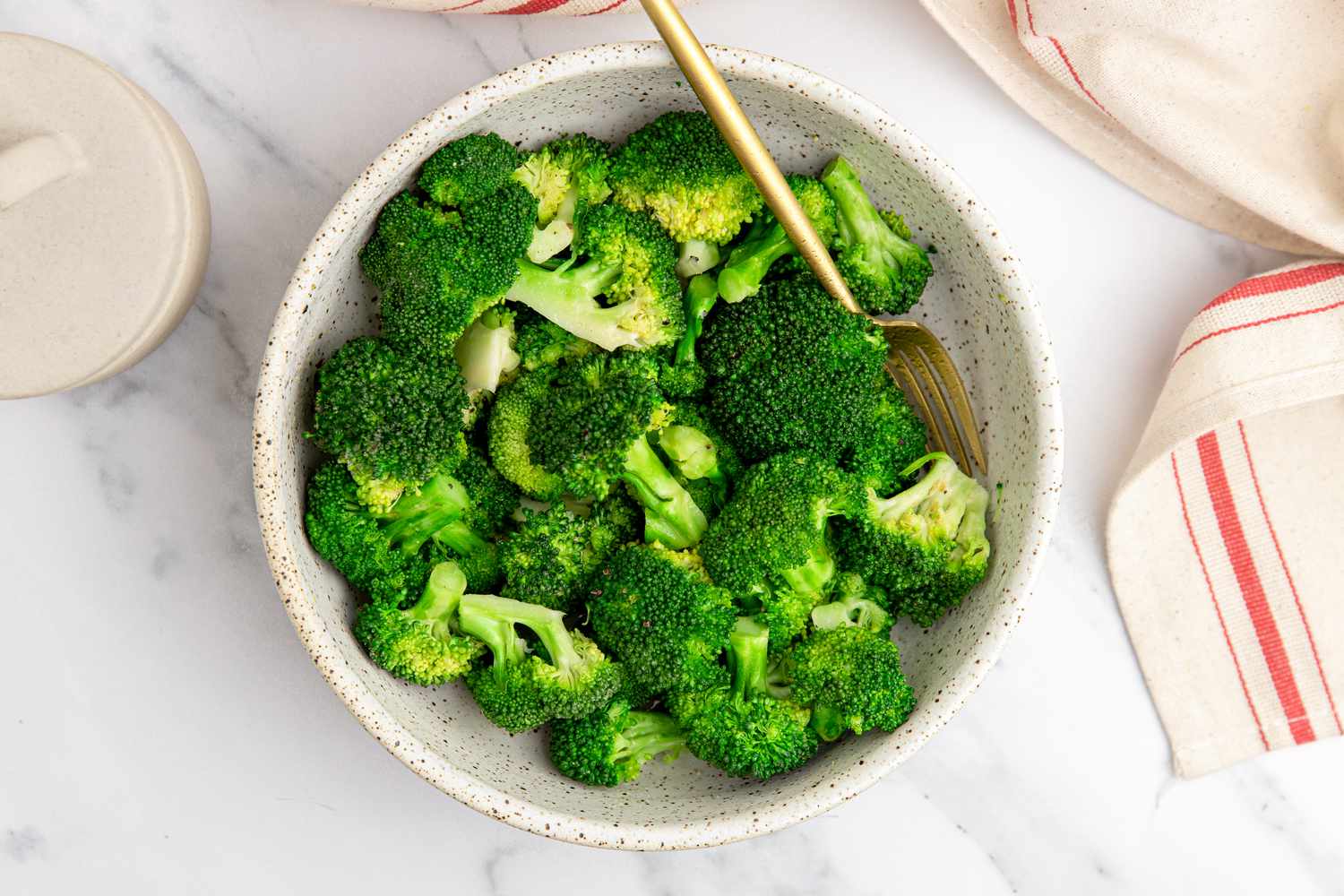
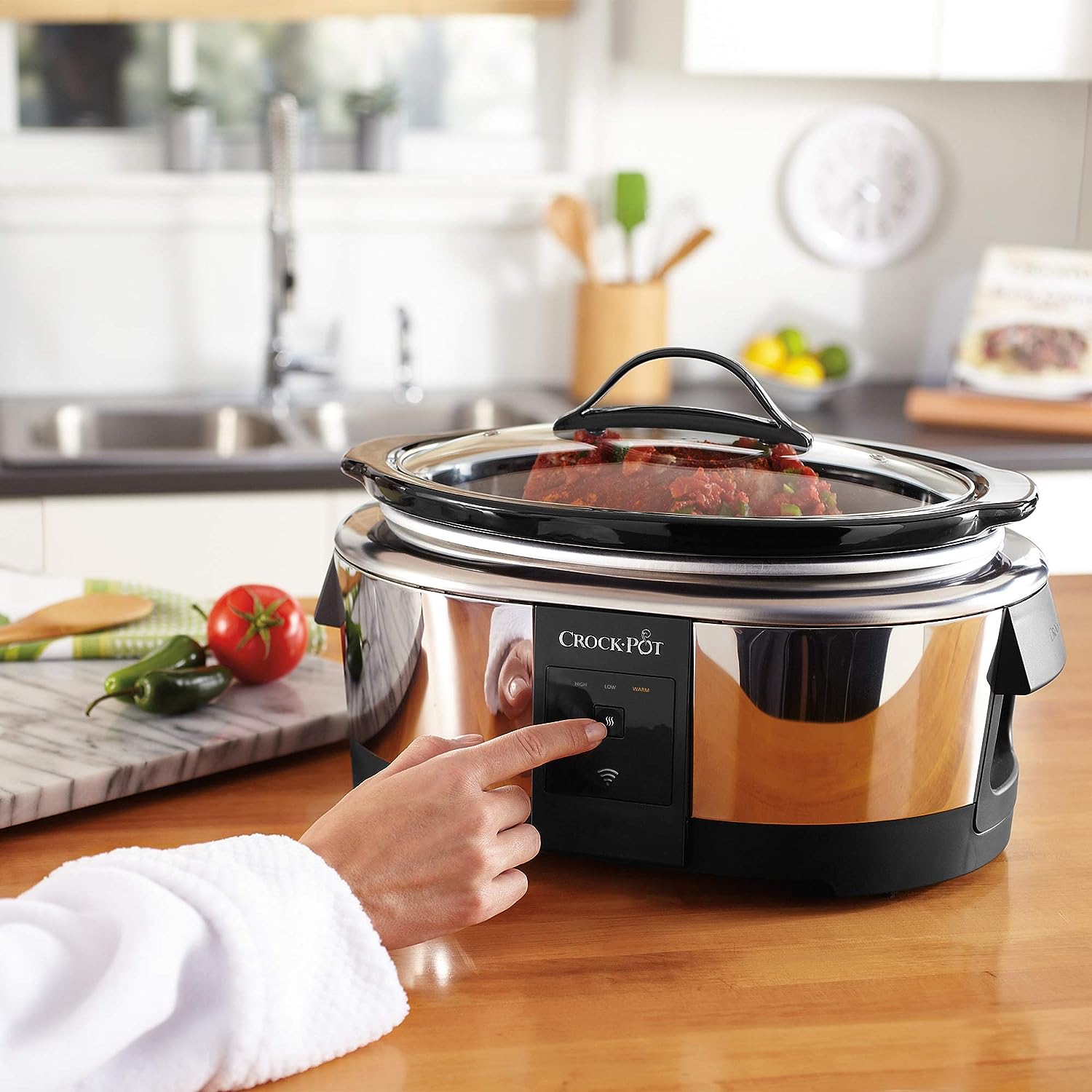
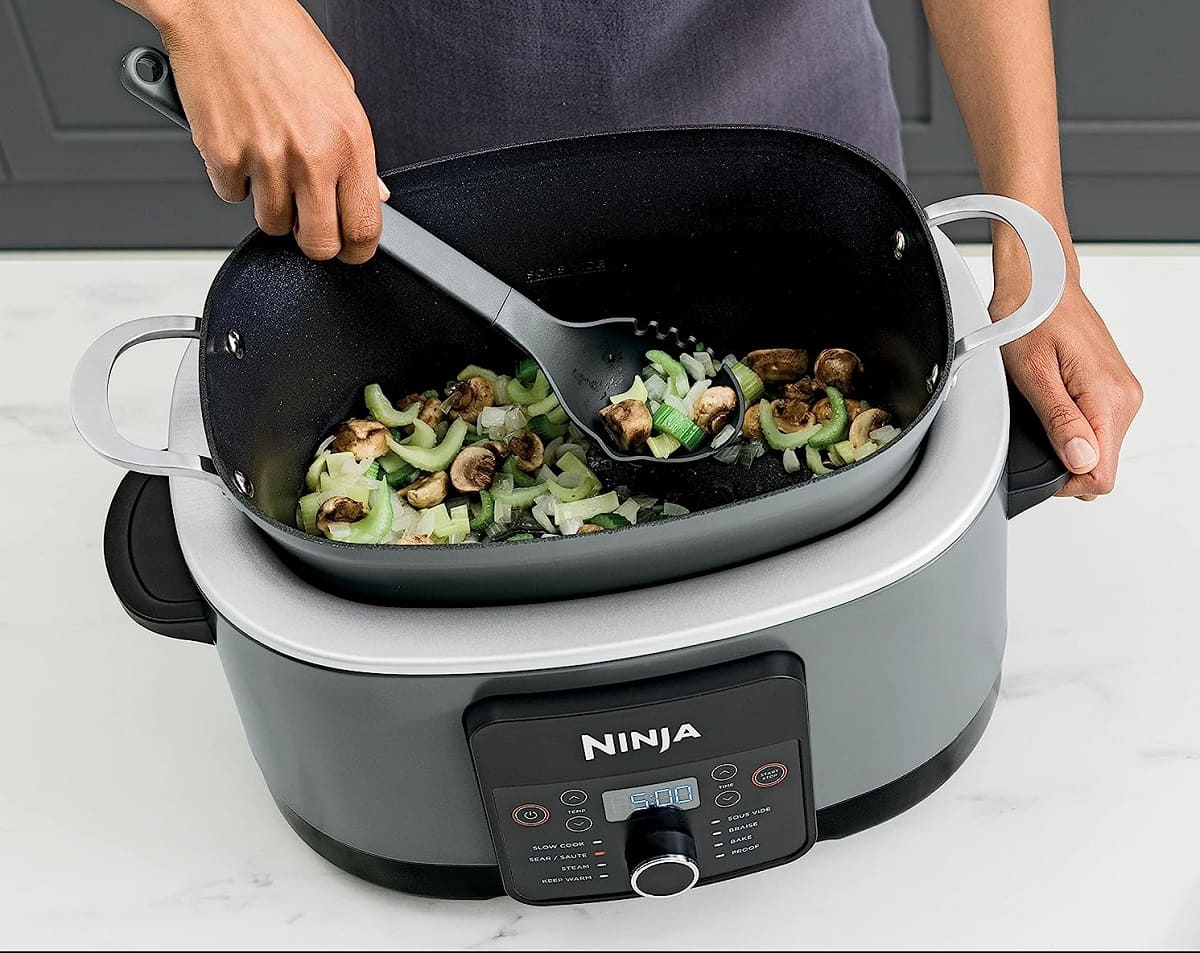
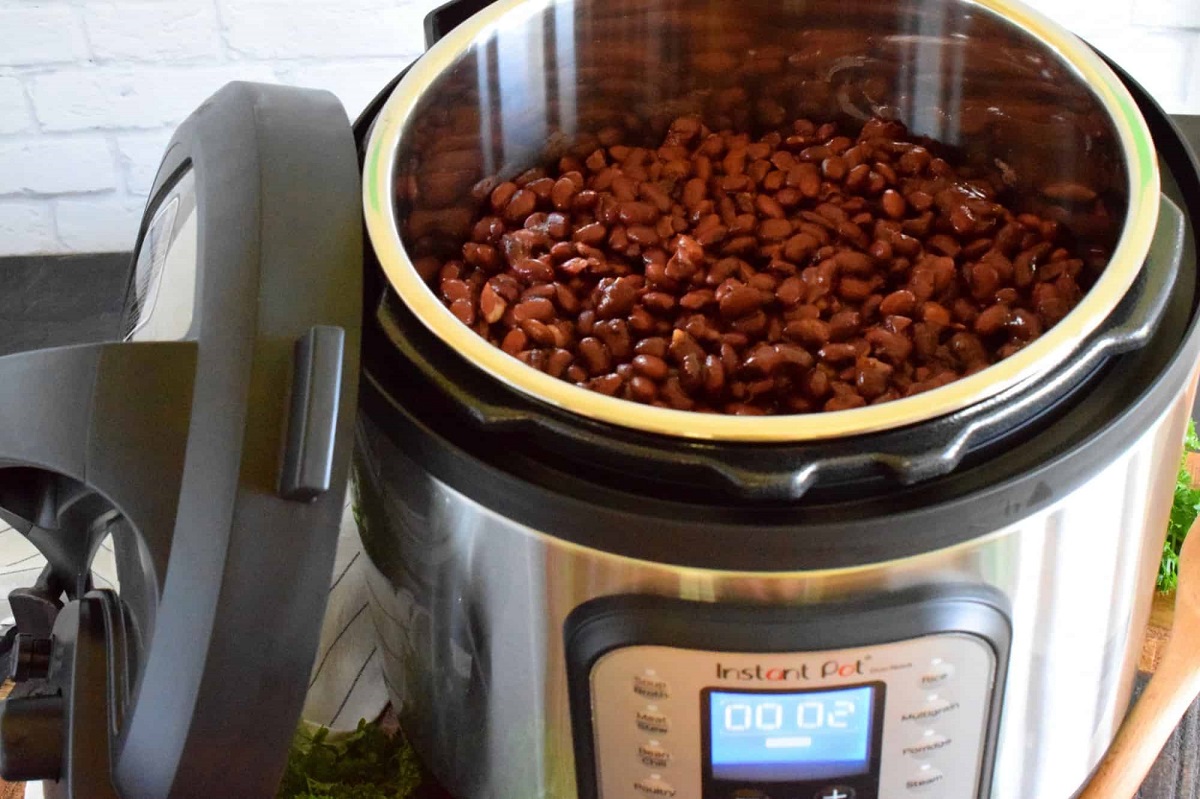

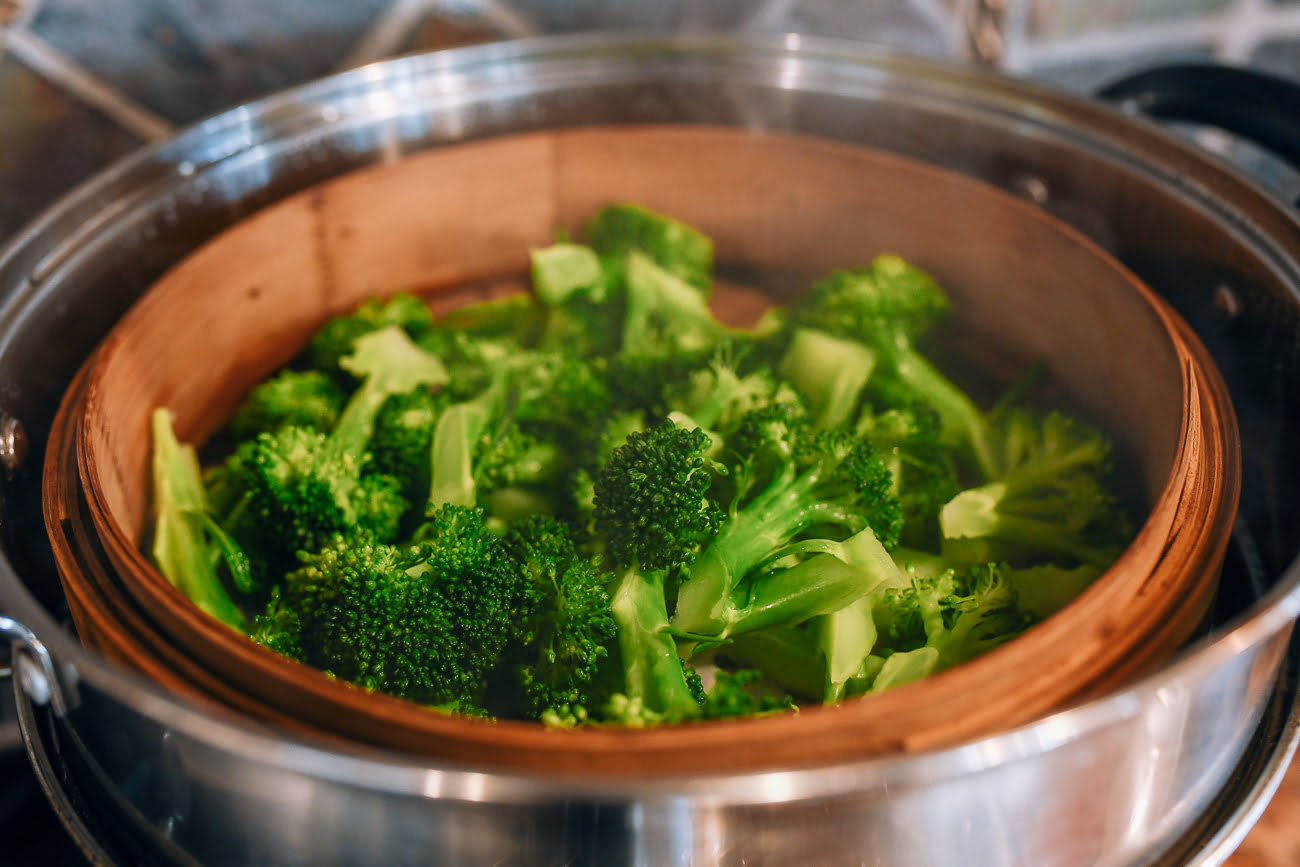
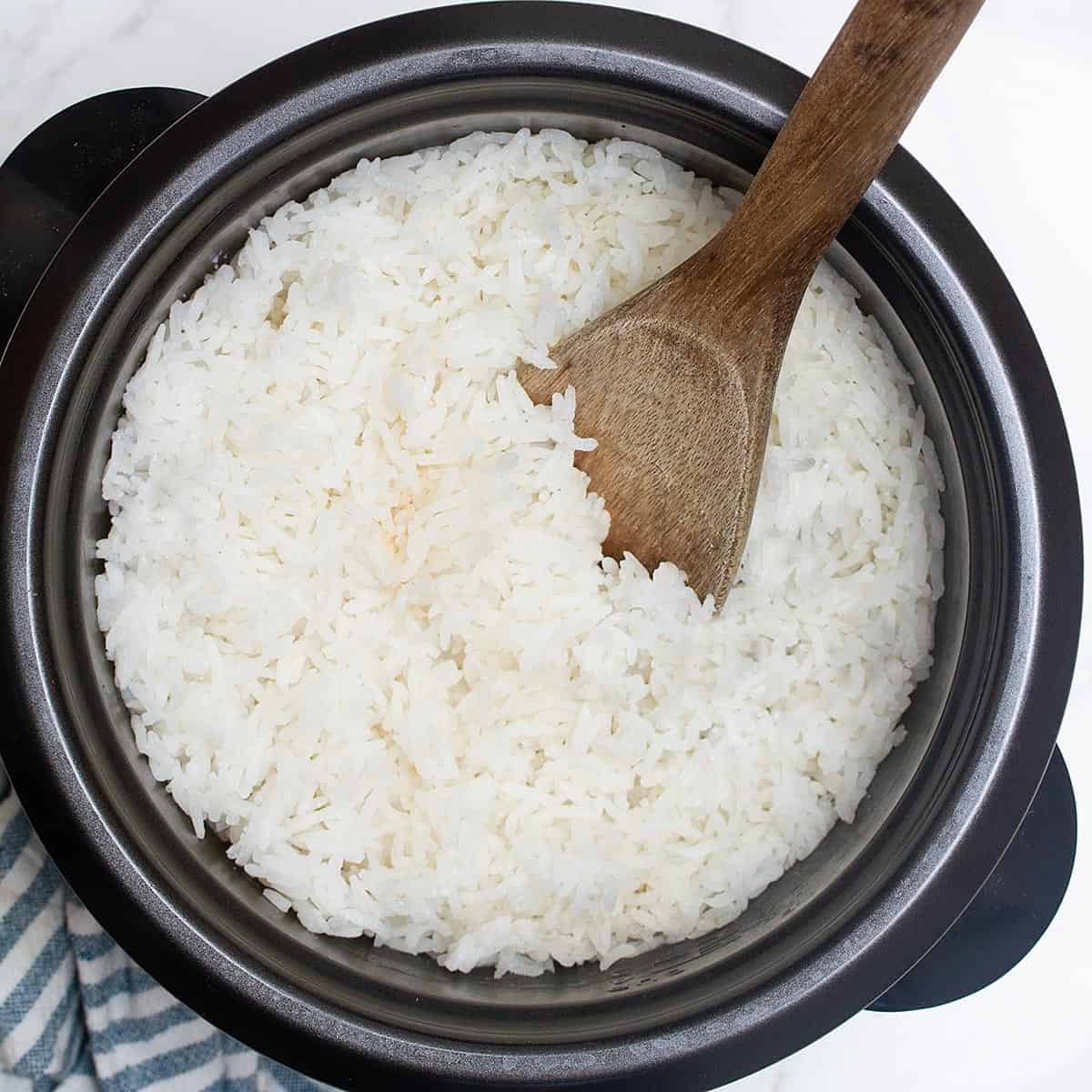
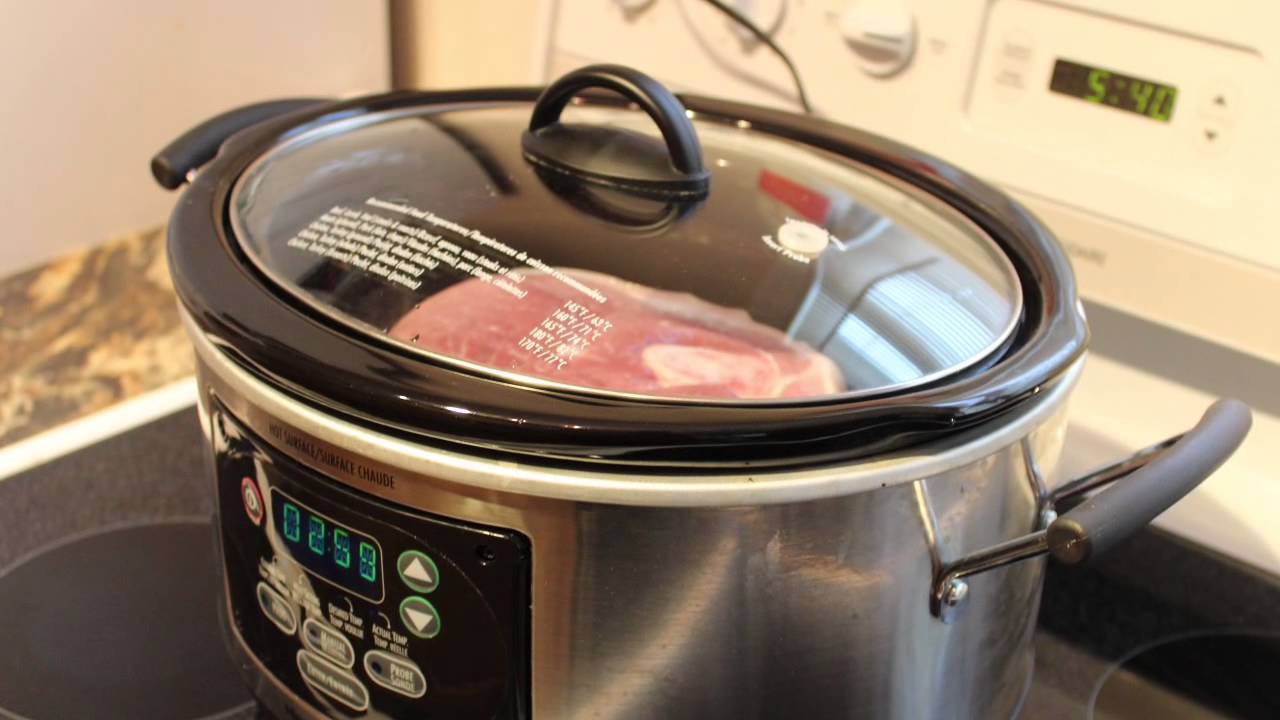
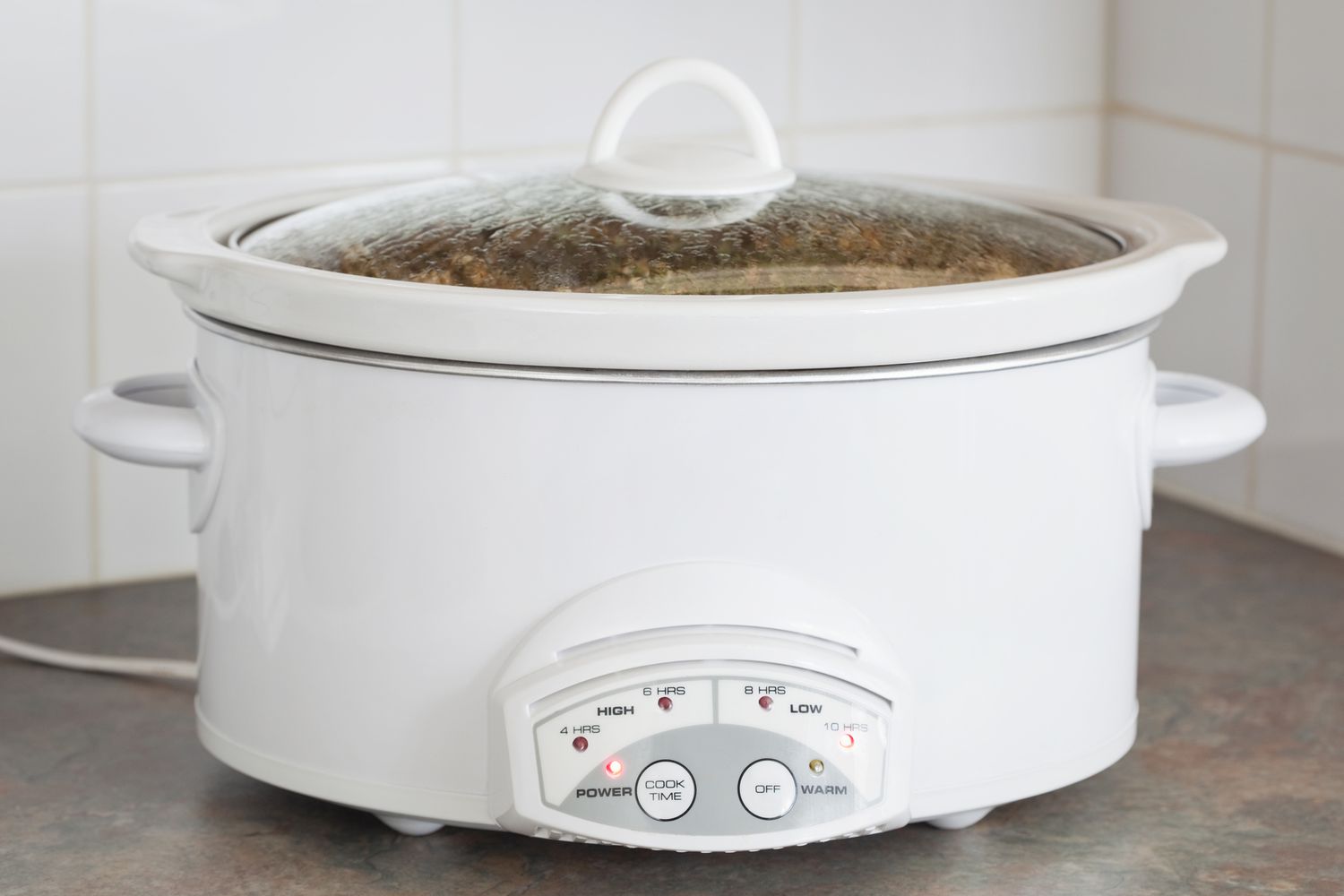
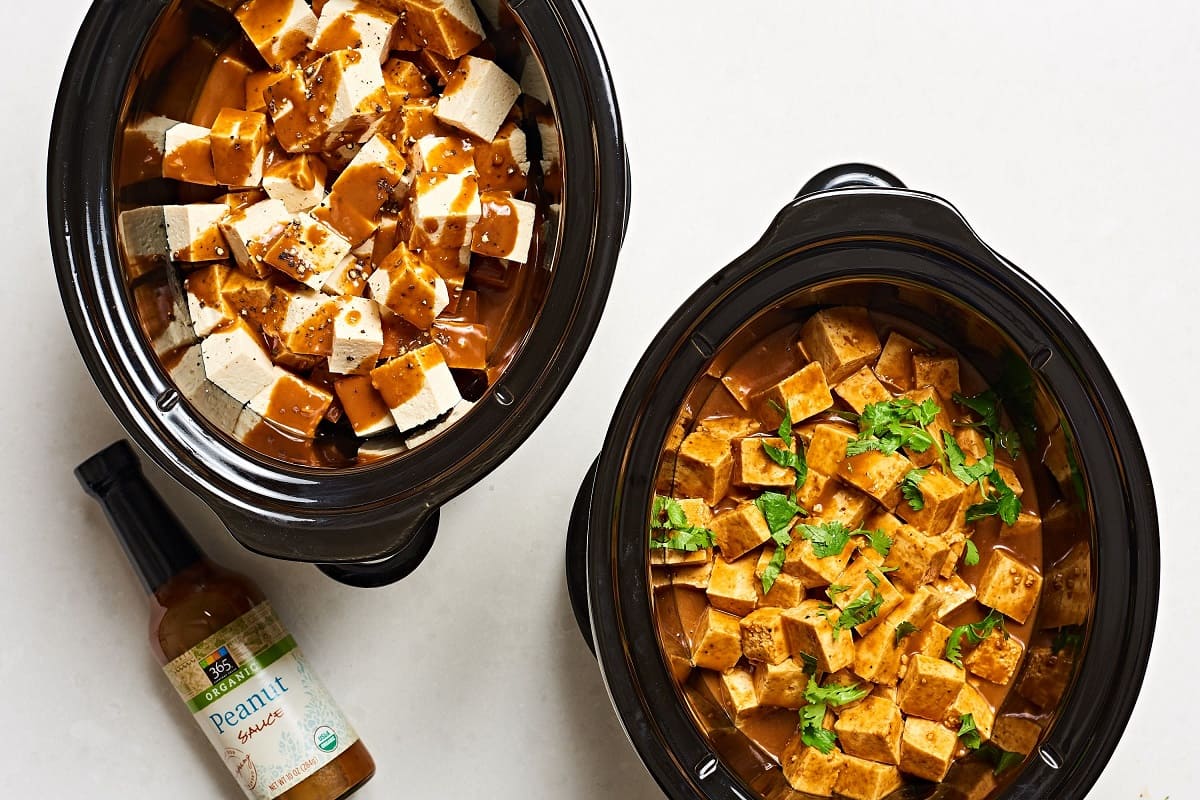
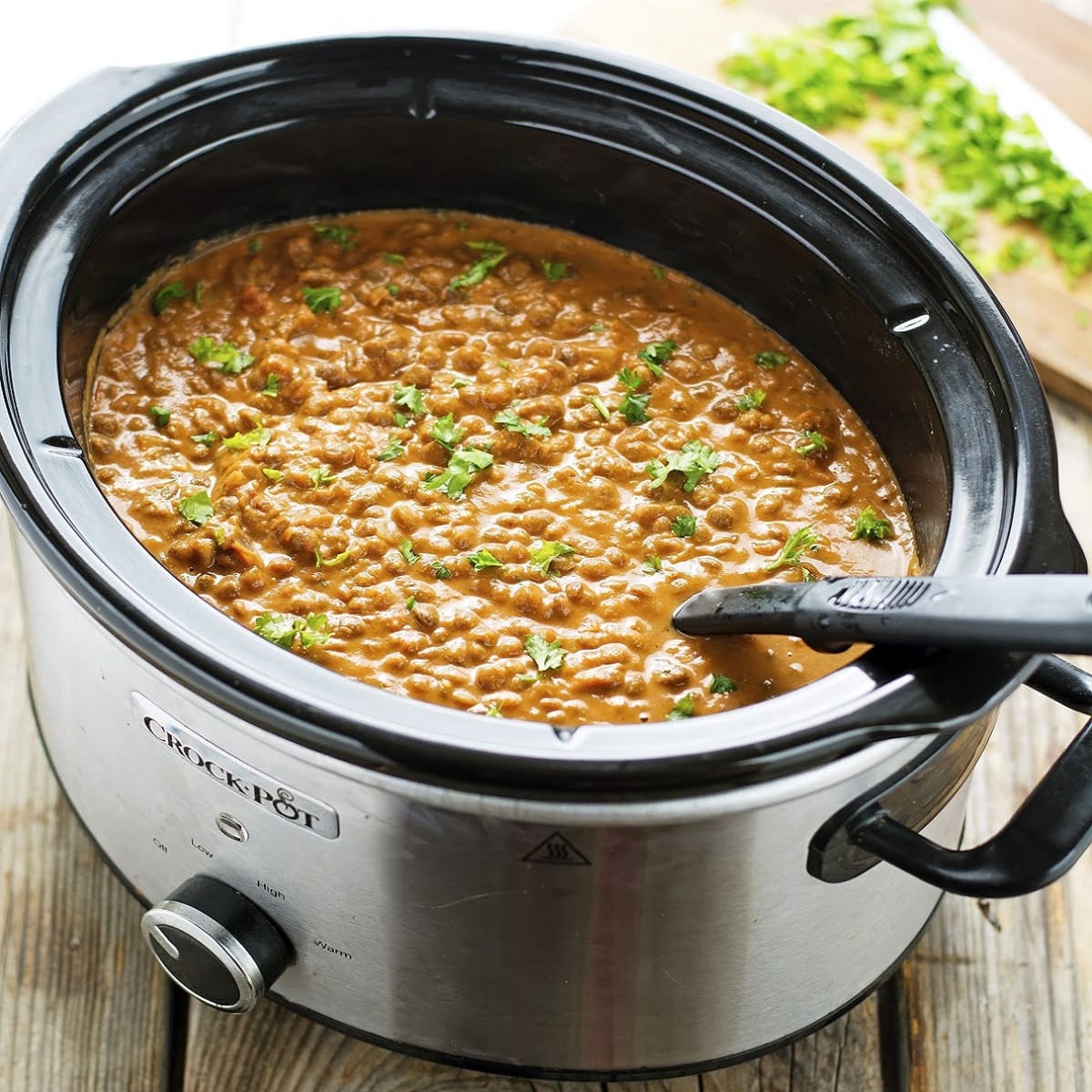
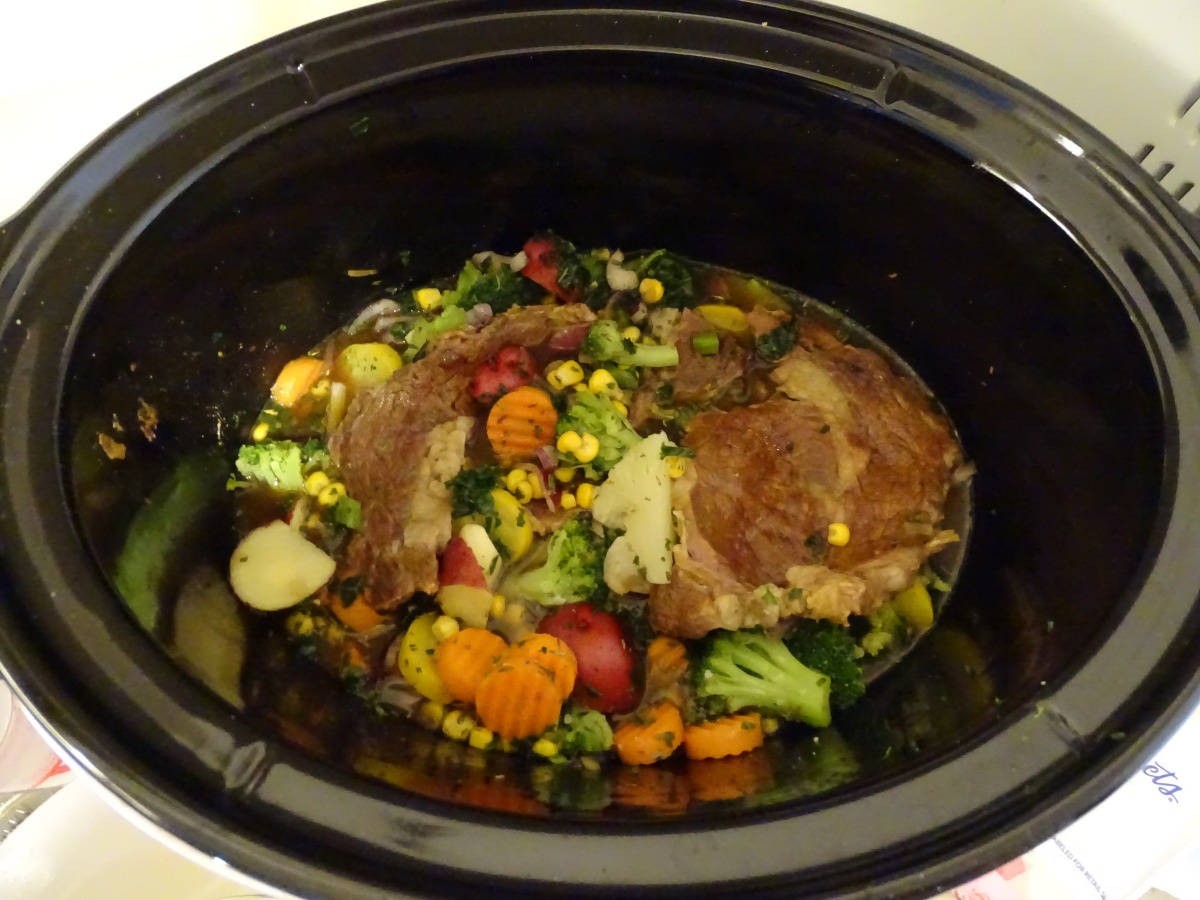

0 thoughts on “How Long Should You Cook Broccoli In A Slow Cooker”